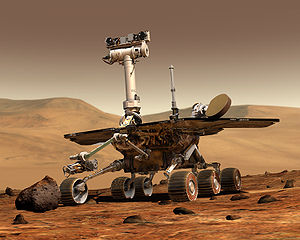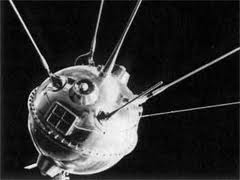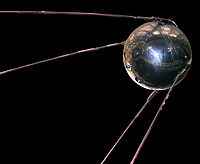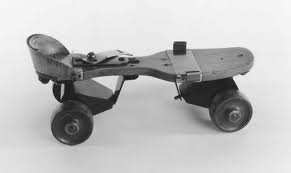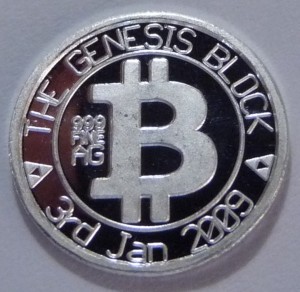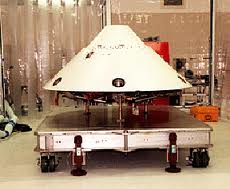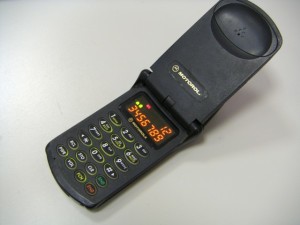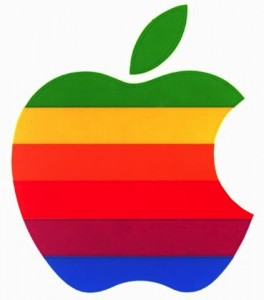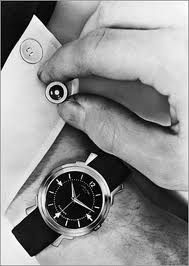Spirit Lands on Mars
First Handheld Scientific Calculator

Hewlett-Packard introduces the first handheld scientific calculator, the HP-35. The precision of the calculator was greater than most mainframe computers of its time. For such a technological achievement, the name of the calculator is simply derived from the fact that it has 35 buttons. I wonder if they had to use the calculator to figure that out.
Luna 1 Reaches Moon
Sputnik 1 Falls
After nearly 3 months in orbit, the first Earth-orbiting artificial satellite, Sputnik 1 falls to Earth.
4 Wheeled Skates Patented in US
4 wheeled roller skates are patented in the United States by James Plimpton of New York. Plimpton’s design was the first dry-land skate that could maneuver in a smooth curve and which allowed for turns and the ability to skate backwards.
The Genesis of Bitcoin
January 3, 2009
The pseudonymous Bitcoin creator Satoshi Nakamoto mines the first 50 bitcoins, now known as the Genesis Block, six days before the initial release of the bitcoin software and launch of the cryptocurrency network. Bitcoin has become the de-facto digital currency, popular for its decentralized approach because no single entity can control, manipulate, or deactivate the currency and transactions can be highly private yet still remain secure.
Mars Polar Lander Launched
The Mars Polar Lander is launched. The mission ultimately ended in failure during an attempted landing on Mars’ surface. Attempts to re-establish communication with the lander failed after the lander entered Mars’ atmosphere. It has been concluded that the most likely cause of the failure was a software error, causing the lander to crash into the planet. Even though software was the likely culprit, it has not been proven that Microsoft had anything to do with it 🙂
Motorola StarTAC Introduced
Motorola introduces the StarTAC, the first clamshell flip cell phone. The smallest and lightest cell phone available at the time, the StarTAC’s “wearability” made it one of the first cell phones to achieve mainstream popularity. About 60 million StarTAC phones were sold over the series’ lifetime, becoming the stereotype for what most people refer to as “flip phones,” even to this day.
Apple Computer Grows Up
January 3, 1977
Less than one year after its founding, the world’s first personal computer company, Apple Computer, Inc. is incorporated. Pictured is the original Apple Computer, Inc. logo from 1977. The “Rainbow Apple Logo” was used through 1999.
First Electric Watch Introduced
The Hamilton Watch Company introduces the first electric watch. The Hamilton Electric 500 was the first watch to never need winding. However its battery life was so short that frequent battery replacements were necessary. Plus, as a first of breed, the watch was not very reliable. However, it was an instant hit because the novelty of never needing to wind the watch proved extremely popular.

